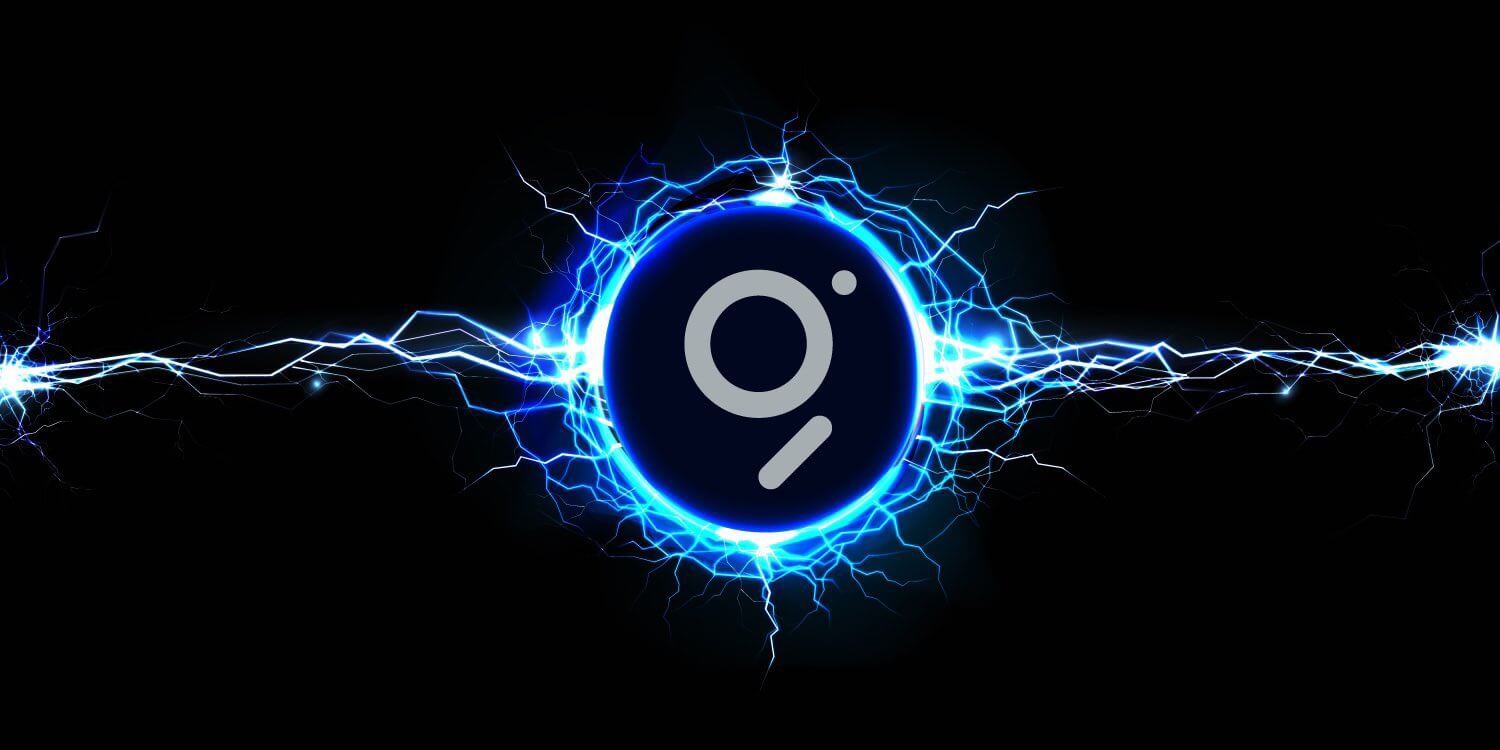

Vitalik Buterin has name-dropped The Graph as a likely data storage solution in plans to revolutionise the Ethereum 2.0 network throughput utilising highly scalable ZK-rollups.
The publication of the Ethereum chief’s scalability roadmap comes following widespread complaints about extremely high gas fees on the network, which Buterin suggests are only solvable through mass adoption of ZK-rollups.
“Rollups are in the short and medium term, and possibly the long term, the only trustless scaling solution for Ethereum,” he wrote.
“Transaction fees on L1 have been very high for months and there is greater urgency in doing anything required to help facilitate an ecosystem-wide move to rollups.
“Rollups are already significantly reducing fees for many Ethereum users: l2fees.info frequently shows Optimism and Arbitrum providing fees that are ~3-8x lower than the Ethereum base layer itself, and ZK rollups, which have better data compression and can avoid including signatures, have fees ~40-100x lower than the base layer.”
Zero Knowledge is a cryptographic technique that is a simple and highly-secure. It enables one party to validate another’s block as true without needing to provide a proof of the blockchain data.
This, in effect, creates a protocol in which digital transactions can take place without anyone seeing anyone else’s sensitive data and be compressed, reducing the amount of blockchain data that has to pass through the strained network, and therefore affording scalability.
ZK-rollups take it a step further – bundling hundreds of transfers into one smart contract transaction. The smart contract can be interacted with to automatically deconstruct and verify any given transfers held.
Buterin believes rollups too will ultimately be limited in the long-term, constraining some users unable to pay even the reduced gas fees.
“Even these fees are too expensive for many users,” he added.
“It has been understood for a long time that the solution to the long-term inadequacy of rollups in their present form is data sharding, which would add ~1-2 MB/sec of dedicated data space for rollups to the chain.”
Sharding seeks to fractionalise the data-load that needs to be processed for a transaction to take place.
By sharding the transactional information between numerous nodes that are only responsible for processing and storing an individual fractional shard of information – it is possible to reduce the burden of work necessary for a node to validate a transaction.
This is due to take place after the mainnet launch of Ethereum 2.0 proof-of-stake (PoS).
Vitalik’s idea is effectively ‘rollups on top of sharding’, but this creates its own issue – where will the historical data from all these shards be stored?
At the end of his roadmap, Buterin addresses the problematic question of where exactly all this data could go – he suggested institutional volunteers, DAOs, block explorers, and torrents as theoretical solutions – but only one project was name-dropped.
“Protocols like The Graph can create incentivised marketplaces where clients pay servers for historical data with Merkle proofs of its correctness,” he highlighted.
“This creates an incentive for people and institutions to run servers that store historical data and provide it on demand.”
The markets briefly reacted with optimism although excitement was dampened by continual GRT token release scheduling.
Denver, Colorado, 24th February 2025, Chainwire
Denver, Colorado, 20th February 2025, Chainwire
Washington, D.C., 18th February 2025, Chainwire
Dubai, UAE, 27th January 2025, Chainwire
Those who enter the market at this time may be surprised to hear that Bitcoin…
George Town, Grand Cayman, 22nd November 2024, Chainwire